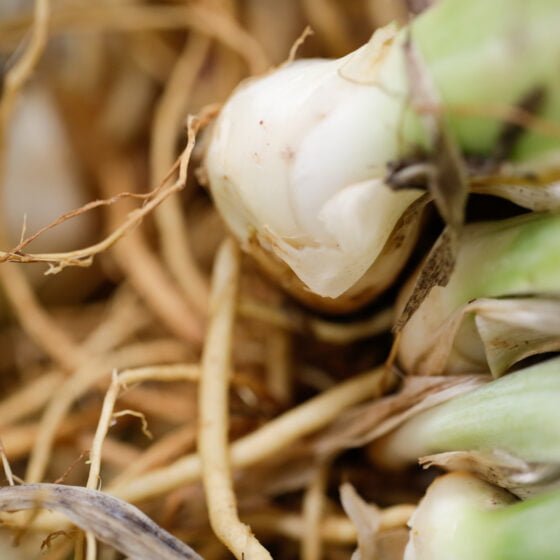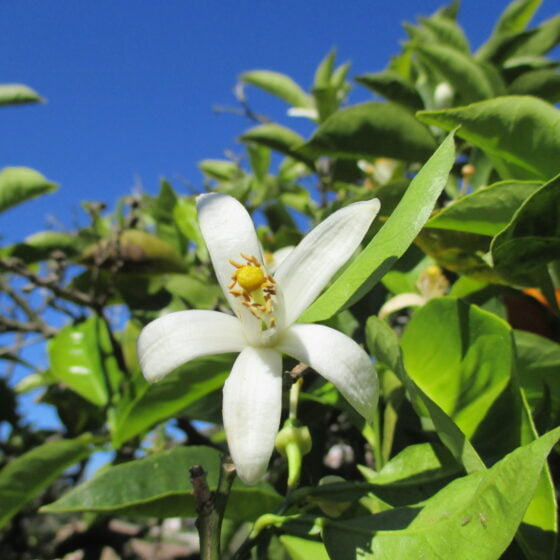
Palmarosa India
Cymbopogon martini var. motia
General data
Harvest Calendar
- J
- F
- M
- A
- M
- J
- J
- A
- S
- O
- N
- D
Product details Fragrance side
Palmarosa essential oil is used in many perfumery applications. From shower gels to cosmetics, and more rarely in fine perfumery, it can be used to cut an essential oil of rose or to make more natural an accord composed around the same flower.
Well-being side
Major essential oil for skin and genito-urinary care, broad-spectrum antibacterial, antifungal, it is also a uterotonic facilitating childbirth. For those who feel uncomfortable about themselves and those with a tendency to explode, it brings balance and soothing.
*The aromatherapy properties in this document are excerpted from reference books, scientific articles, or specialized websites and are provided to customer for its information and internal use only. Claims on a finished product remain the responsibility of the company making the finished product available on the market. About
Palmarosa – known by many common names worldwide, such as scented rush, geranium grass, rose grass – belongs to the same botanical family as citronella and lemongrass. This grass, a native to India, forms a dense tuft of long, flat, green leaves. When rubbed, they release a powerful lemony odor and are used in so-called “verbena” teas. Palmarosa grows wild in India, the Radjmahal Mountains on the Afghan border, and in Himalayan subtropical regions. The above-ground plant parts are harvested by indigenous tribes, who have handed down their knowledge about this plant from generation to generation. The plants are then dried for a week to increase the essential oil yield. The oil’s fragrance is citral-like and herbaceous, with a strong rosy note.
Cymbopogon martinii var. motia, a component of Ayurvedic medicine, is commonly called rusha, rosha, or rusa grass in India. The origins of its common name, “palma rosa,” are not confirmed. “Palma” could come from palm, a nod to the coconut vegetable fat used to extract its essence, or could be linked to the plant’s medicinal properties in treating ailments of the hand. The name “Rosa” is from palmarosa’s being used as a substitute for rose essential oil. Older names such as “Indian geranium” or “Turkish geranium” also refer to palmarosa’s rose-like note. Such nomenclature dates from the time the raw material was shipped from Bombay to the ports of the Red Sea, then to Constantinople and Bulgaria, to be added to rose oil.
Fragrance side
Palmarosa essential oil is used in many perfumery applications. From shower gels to cosmetics, and more rarely in fine perfumery, it can be used to cut an essential oil of rose or to make more natural an accord composed around the same flower.
Well-being side
Major essential oil for skin and genito-urinary care, broad-spectrum antibacterial, antifungal, it is also a uterotonic facilitating childbirth. For those who feel uncomfortable about themselves and those with a tendency to explode, it brings balance and soothing.
About
Palmarosa – known by many common names worldwide, such as scented rush, geranium grass, rose grass – belongs to the same botanical family as citronella and lemongrass. This grass, a native to India, forms a dense tuft of long, flat, green leaves. When rubbed, they release a powerful lemony odor and are used in so-called “verbena” teas. Palmarosa grows wild in India, the Radjmahal Mountains on the Afghan border, and in Himalayan subtropical regions. The above-ground plant parts are harvested by indigenous tribes, who have handed down their knowledge about this plant from generation to generation. The plants are then dried for a week to increase the essential oil yield. The oil’s fragrance is citral-like and herbaceous, with a strong rosy note.
Cymbopogon martinii var. motia, a component of Ayurvedic medicine, is commonly called rusha, rosha, or rusa grass in India. The origins of its common name, “palma rosa,” are not confirmed. “Palma” could come from palm, a nod to the coconut vegetable fat used to extract its essence, or could be linked to the plant’s medicinal properties in treating ailments of the hand. The name “Rosa” is from palmarosa’s being used as a substitute for rose essential oil. Older names such as “Indian geranium” or “Turkish geranium” also refer to palmarosa’s rose-like note. Such nomenclature dates from the time the raw material was shipped from Bombay to the ports of the Red Sea, then to Constantinople and Bulgaria, to be added to rose oil.
Other type of extracts
(Floral)

